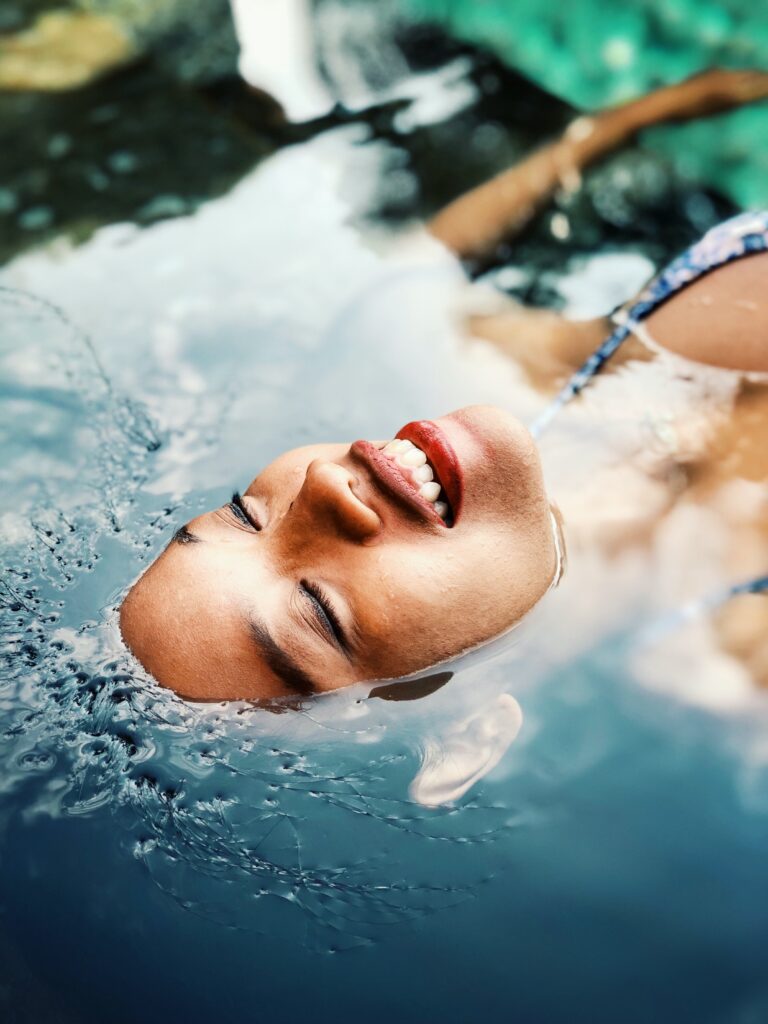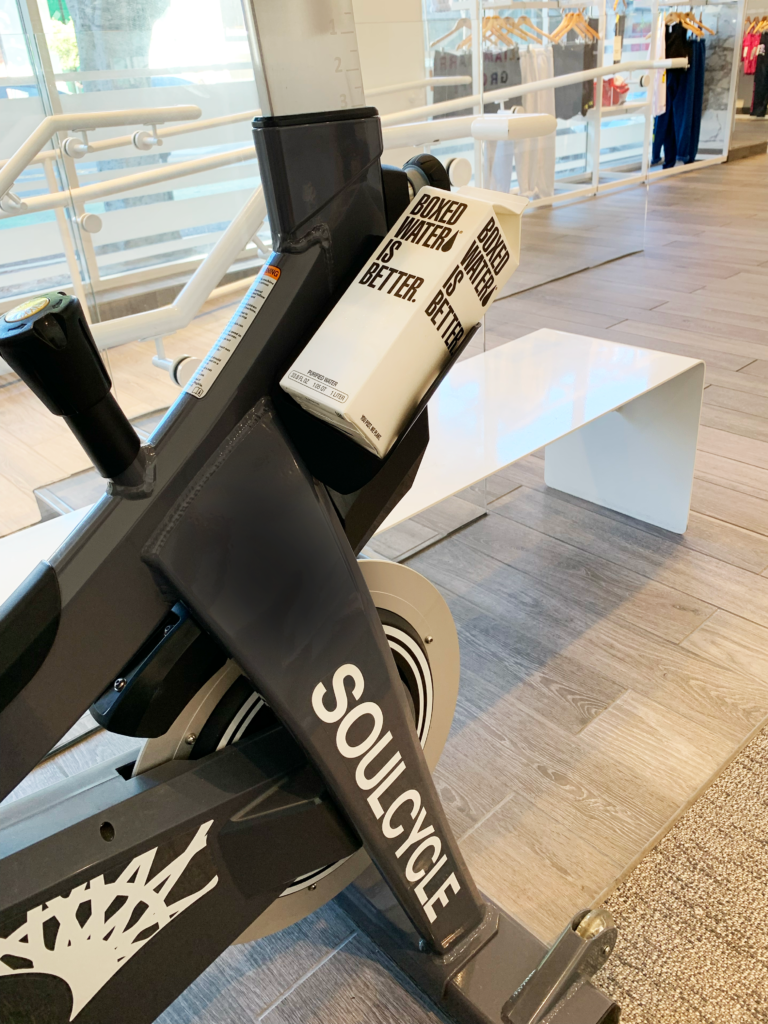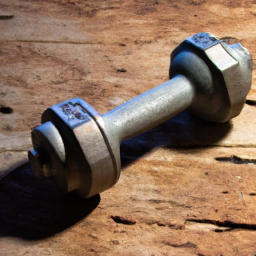Are you tired of the same old exercise routine? Looking for a way to stay fit without putting too much strain on your joints? Look no further than water workouts! This article explores the world of aquatic exercise routines designed specifically for low-impact fitness. Whether you’re a seasoned athlete or just starting out on your fitness journey, water workouts offer a refreshing and effective way to improve strength, flexibility, and cardiovascular health. So grab your swimsuit and dive into the world of water workouts!

Benefits of Water Workouts
When it comes to exercise, water workouts offer numerous benefits that make them an excellent choice for those looking for a low-impact fitness routine. Whether you’re recovering from an injury, have joint issues, or simply want to switch up your usual exercise routine, water workouts can provide a refreshing and effective way to stay fit. Here are some of the key benefits of water workouts:
Increased resistance for strength training
One of the biggest advantages of water workouts is the increased resistance that the water provides. The resistance of the water helps to strengthen and tone muscles more effectively compared to traditional workouts on land. This added resistance makes water workouts an excellent choice for strength training, allowing you to build and maintain muscle mass while minimizing stress on your joints.
Low-impact on joints
Water workouts are particularly beneficial for individuals with joint issues or those recovering from injuries. The buoyancy of the water reduces the impact on your joints, making it a safe and gentle form of exercise. This low-impact nature of water workouts can help alleviate pain and discomfort while still providing a challenging workout.
Improved cardiovascular fitness
Engaging in regular water workouts can have a positive impact on your cardiovascular fitness. Water workouts involve continuous movement against the resistance of the water, which increases your heart rate and improves your cardiovascular endurance. By consistently challenging your cardiovascular system in the water, you can improve your overall fitness levels and boost your stamina.
Enhanced flexibility and range of motion
Water workouts also contribute to improved flexibility and range of motion. The water provides a supportive environment that allows for greater freedom of movement, making it easier to stretch and increase your range of motion. Additionally, performing exercises in the water can help to alleviate muscle tightness and promote joint flexibility, leading to improved overall mobility.
Choosing the Right Equipment
To maximize the effectiveness of your water workouts, it’s important to choose the right equipment. Here are some common water workout equipment options to consider:
Water dumbbells
Water dumbbells are designed to provide resistance when submerged in water. They come in various sizes and shapes, allowing you to customize the level of resistance to suit your needs. Water dumbbells are excellent for strength training exercises in the water, such as bicep curls and shoulder presses.
Water weights
Similar to water dumbbells, water weights also provide resistance in the water. They are typically worn on the wrists or ankles and can be used to add extra challenge to your water workouts. Water weights are great for adding resistance to exercises such as leg lifts and arm circles.
Aqua noodles
Aqua noodles are long, buoyant cylindrical tubes that can be used in a variety of ways during water workouts. They can be used as a flotation device, a tool for balance exercises, or as resistance equipment. Aqua noodles are versatile and can add an element of fun to your water workouts.
Resistance bands
Resistance bands are a versatile piece of equipment that can be used both in and out of the water. They can provide additional resistance during water workouts, adding challenge to exercises such as water push-ups and squat jumps. Resistance bands are portable and easy to pack, making them ideal for those who want to incorporate water workouts into their travel routines.
Warm-up Exercises
Before diving into your water workout routine, it’s important to properly warm up your muscles and prepare your body for exercise. Here are some effective warm-up exercises that you can perform in the water:
Water walking or jogging
Start your water workout with a gentle warm-up by walking or jogging through the water. This will help increase your heart rate and warm up your muscles in preparation for more intense exercises.
Leg swings
Stand near the edge of the pool and hold onto the side for support. Swing one leg forward and backward, gradually increasing the range of motion. Repeat with the other leg. This exercise helps warm up the hip joints and improve flexibility.
Arm circles
Stand with your feet shoulder-width apart in waist-deep water. Extend your arms out to the sides and make small circles with your hands. Gradually increase the size of the circles, engaging your shoulder muscles and improving flexibility.
Ankle rotations
Sit on the edge of the pool with your legs dangling in the water. Rotate one ankle in a circular motion, then switch to the other ankle. This exercise helps warm up the ankle joints and increase flexibility.
Cardiovascular Workouts
Water workouts offer a wide range of cardiovascular exercises that can help improve your heart health and endurance. Here are some popular cardiovascular workouts you can try in the water:
Water aerobics
Water aerobics is a fun and challenging way to get your heart rate up in the water. It involves performing various aerobic exercises, such as jumping jacks, high knees, and cross punches, while supported by the water’s buoyancy.
Aqua jogging
Aqua jogging is similar to traditional jogging but performed in the water. Simply jog in place or move forward and backward in the water, engaging your leg muscles and cardiovascular system. Aqua jogging provides a great cardiovascular workout with minimal impact on your joints.
Kickboxing
Kickboxing in the water adds an extra level of resistance to your workout. Perform punches, kicks, and knee strikes in waist-deep water, engaging your entire body and getting your heart rate up.
Deep-water running
Deep-water running involves running in deep water while wearing a flotation belt or using a pool noodle for support. This workout provides a high-intensity, low-impact cardiovascular workout that’s gentle on the joints.

Strength Training Exercises
Incorporating strength training exercises into your water workouts can help build and tone muscle while simultaneously working on your cardiovascular fitness. Here are some effective strength training exercises to try in the water:
Water push-ups
Stand in chest-deep water facing the pool edge. Place your hands shoulder-width apart on the pool edge, shoulder-height tall and lower your body down into the water, then push back up. This exercise targets your chest, shoulders, and triceps.
Squat jumps
Stand in waist-deep water with your feet hip-width apart. Lower your body into a squat position, then explosively jump out of the water as high as you can, landing back into a squat. This exercise targets your leg muscles, including quadriceps and glutes.
Plank holds
Hold a plank position in chest-deep water by extending your arms and resting them on the pool edge. Engage your core muscles and hold the position for as long as you can. This exercise targets your abdominal muscles and helps strengthen your core.
Bicep curls
Hold water dumbbells in each hand and stand in waist-deep water. Engage your core and curl your hands toward your shoulders, keeping your elbows stationary. This exercise targets your biceps and helps build upper body strength.
Core and Balance Exercises
Strengthening your core muscles and improving your balance are crucial for overall fitness and stability. Water workouts provide a supportive environment for core and balance exercises. Here are some effective exercises to incorporate into your water workouts:
Water bicycles
Stand in chest-deep water and hold onto the pool edge for support. Lean back and extend your legs, as if pedaling a bicycle. Engage your core and perform the cycling motion, targeting your abdominal muscles and improving core strength.
Leg lifts
Stand in waist-deep water and hold onto the pool edge for support. Lift one leg straight out in front of you, engaging your core and maintaining balance. Lower the leg back down and repeat with the other leg. This exercise targets your lower abdominal muscles and helps improve balance.
Side plank twists
Hold a side plank position in chest-deep water by extending one arm toward the side and resting it on the pool edge. Engage your core and twist your torso, reaching your free arm toward the opposite side. Repeat on the other side. This exercise targets your obliques and helps strengthen your core.
Water yoga poses
Performing yoga poses in the water can challenge your balance and engage your core muscles. Poses such as tree pose, the warrior series, and the boat pose are excellent options to incorporate into your water workouts.
Flexibility and Stretching Exercises
Improving flexibility is essential for maintaining overall mobility and preventing injuries. Water workouts provide a unique environment for stretching exercises that can enhance flexibility. Here are some effective flexibility and stretching exercises to try in the water:
Water stretches with pool noodle
Stand in waist-deep water and hold onto a pool noodle with both hands. Gently lean forward, using the noodle to support your upper body, and feel the stretch in your hamstrings and lower back. Repeat with other stretches, such as calf stretches and quadriceps stretches, using the noodle for support.
Floating stretches
Take advantage of the water’s buoyancy by performing floating stretches. Float on your back and bring one knee toward your chest, hugging it with your arms. Feel the stretch in your hip and lower back. Repeat with the other leg. You can also perform floating stretches for your arms and shoulders.
Water lunges
Stand in waist-deep water and take a long step forward, lowering your back knee toward the pool floor. Feel the stretch in your hip flexors and quadriceps. Push back up to the starting position and repeat with the other leg. Water lunges are an excellent way to stretch your lower body muscles.
Water yoga stretches
Performing yoga stretches in the water can help you achieve a deeper stretch with the support of the water. Poses such as downward dog, child’s pose, and reclining pigeon pose can be done while floating in the water, providing both stretching and relaxation benefits.
Cooldown Exercises
After an intense water workout, it’s important to properly cool down your body to prevent muscle soreness and aid in recovery. Here are some effective cooldown exercises to incorporate into your water workouts:
Water walking or jogging at a slower pace
Gradually slow down your pace and walk or jog in the water for a few minutes to bring your heart rate back to normal. This gentle exercise helps your body cool down gradually.
Arm swings
Stand in shoulder-deep water and hold your arms out to the sides. Swing your arms forward and backward in a gentle motion, loosening up your shoulder muscles and promoting relaxation.
Gentle stretches
Perform gentle stretches for all major muscle groups. Focus on stretching your arms, legs, and back to promote recovery and reduce muscle tension. Hold each stretch for about 30 seconds and remember to breathe deeply.
Slow breathing exercises
End your water workout with some slow and deep breathing exercises. Inhale deeply through your nose, hold your breath for a few seconds, then exhale slowly through your mouth. This helps calm your body and promote relaxation.
Safety Tips for Water Workouts
While water workouts offer numerous benefits, it’s important to prioritize safety during your exercise routine. Here are some essential safety tips to keep in mind:
Use a floatation device if necessary
If you are not a confident swimmer or have difficulty staying afloat, consider using a flotation device such as a life jacket or a pool noodle. Make sure you have the necessary support to perform the exercises safely.
Stay hydrated
Even though you’re surrounded by water, it’s still important to stay hydrated during your water workouts. Bring a water bottle with you and take regular sips to keep your body hydrated, especially if your water workout is intense or lasts for a long duration.
Listen to your body
Pay close attention to how your body feels during your water workouts. If you experience pain, dizziness, or any unusual discomfort, take a break and rest. Pushing through pain can lead to injuries, so it’s essential to listen to your body’s signals.
Consult with a healthcare professional
If you have any health concerns or pre-existing medical conditions, it’s always a good idea to consult with a healthcare professional before starting any new exercise routine. A healthcare professional can provide personalized advice and help determine if water workouts are suitable for you.
Conclusion
Water workouts offer a multitude of benefits and are a fantastic option for those looking for a low-impact fitness routine. Whether you’re seeking to build strength, improve cardiovascular fitness, enhance flexibility, or work on your balance, water workouts provide a refreshing and effective solution. By choosing the right equipment, incorporating a variety of exercises, and following safety guidelines, you can enjoy the many benefits of water workouts while keeping your body safe and healthy. So dive in, make a splash, and enjoy the incredible benefits that water workouts have to offer!



